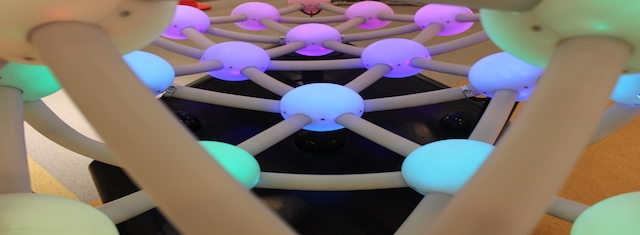Technology
THE LARGEST BY NOW PRIME NUMBER DISCOVERED BY JONATHAN PACE AND THE GIMPS
M77232917 - THE CURRENT LARGEST PRIME

Researching Primes (Source: Leon Libin)
The new largest prime number is nearly one million digits larger than the previous largest one. This number falls into a special class of extremely rare prime numbers known as Mersenne Primes. Only 50 Mersenne Primes have been discovered so far. From 1996, when the GISPS was founded, it discovered 16 last Mersenne Primes.
After the discovery the new largest Prime Number, its validity was verified by peers reviews using different software and different hardware configurations. PHYS.ORG in its article reports, that
“Aaron Blosser verified it using Prime95 on an Intel Xeon server in 37 hours.
David Stanfill verified it using gpuOwL on an AMD RX Vega 64 GPU in 34 hours.
Andreas Höglund verified the prime using CUDALucas running on NVidia Titan Black GPU in 73 hours.
Ernst Mayer also verified it using his own program Mlucas on 32-core Xeon server in 82 hours.
Andreas Höglund also confirmed using Mlucas running on an Amazon AWS instance in 65 hours.“
The new largest Prime Number received the name “” M77232917 and it was calculated by multiplying 77,232,917 twos and then subtracting a unit.
After the discovery the new largest Prime Number, its validity was verified by peers reviews using different software and different hardware configurations. PHYS.ORG in its article reports, that
“Aaron Blosser verified it using Prime95 on an Intel Xeon server in 37 hours.
David Stanfill verified it using gpuOwL on an AMD RX Vega 64 GPU in 34 hours.
Andreas Höglund verified the prime using CUDALucas running on NVidia Titan Black GPU in 73 hours.
Ernst Mayer also verified it using his own program Mlucas on 32-core Xeon server in 82 hours.
Andreas Höglund also confirmed using Mlucas running on an Amazon AWS instance in 65 hours.“
The new largest Prime Number received the name “” M77232917 and it was calculated by multiplying 77,232,917 twos and then subtracting a unit.
The volunteer, who discovered this number earned $3,000 research award and the official credit for this discovery, also, goes to him and his collaborators at the GIMPS research project: "J. Pace, G. Woltman, S. Kurowski, A. Blosser, et al."
For more information, please, visit the website: https://phys.org/news/2018-01-gimps-largest-prime.html
Liability for this article lies with the author, who also holds the copyright. Editorial content from USPA may be quoted on other websites as long as the quote comprises no more than 5% of the entire text, is marked as such and the source is named (via hyperlink).






